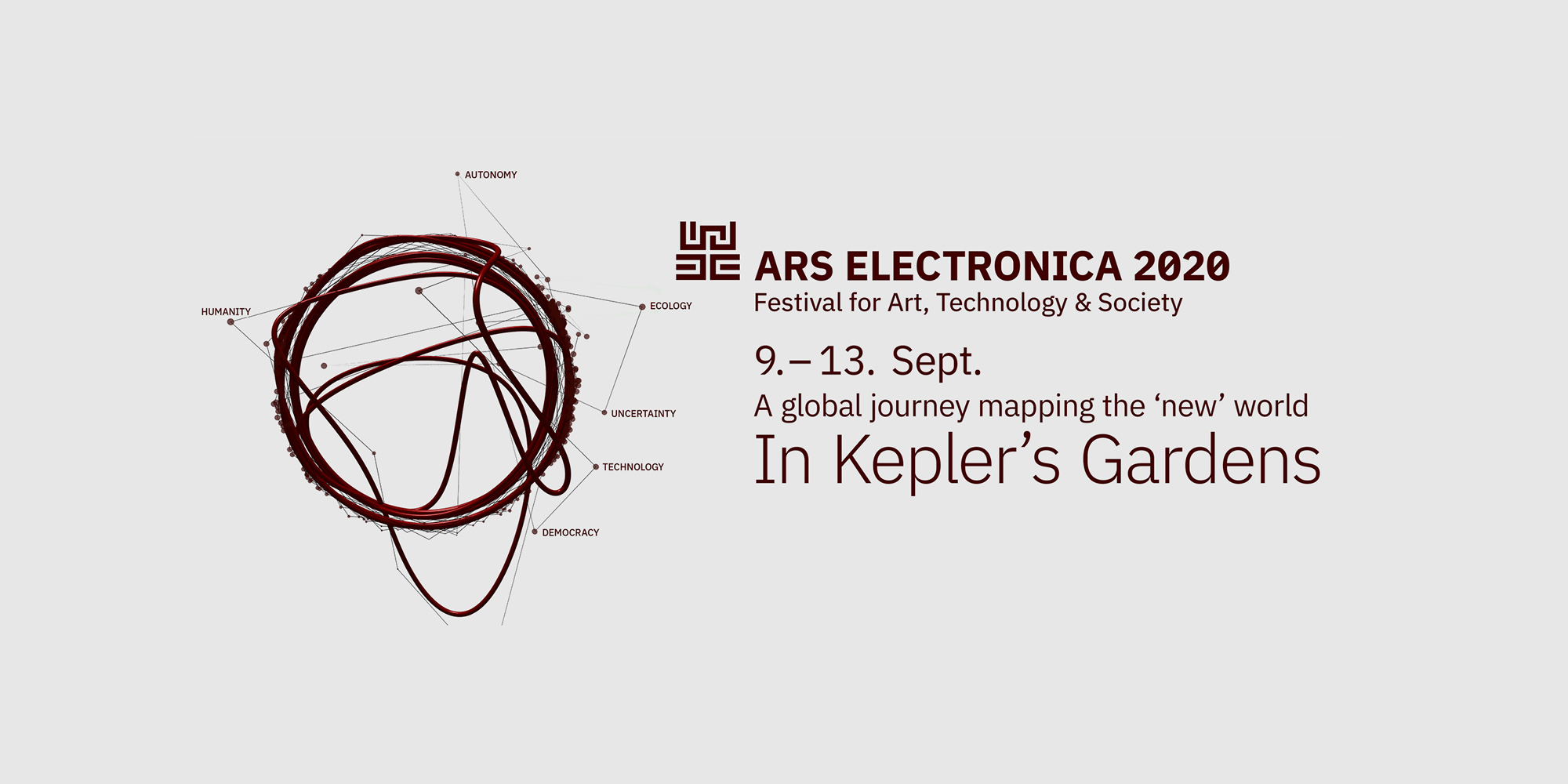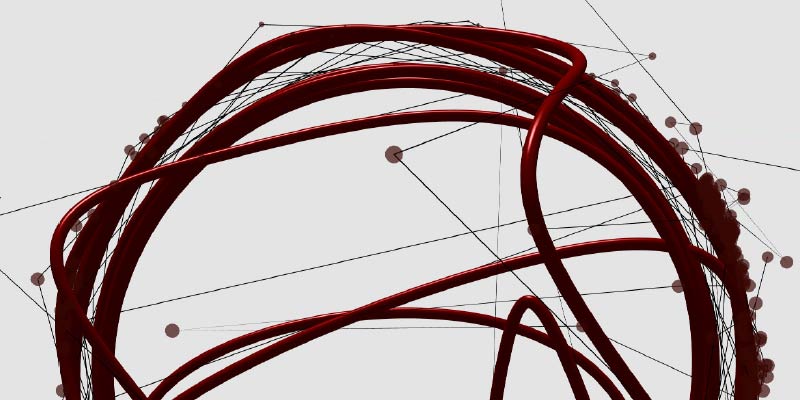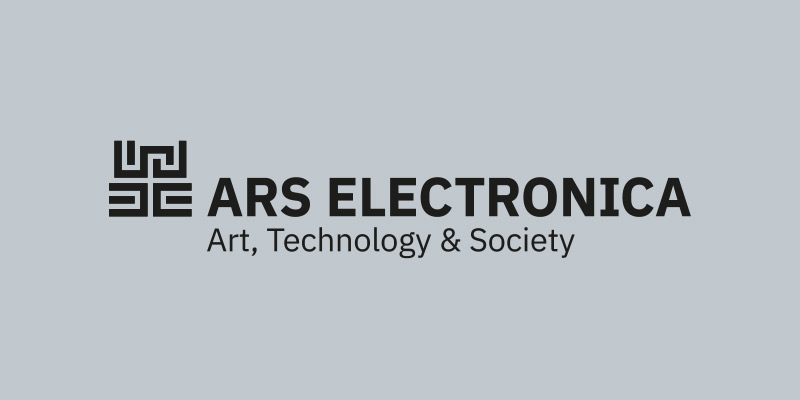Format
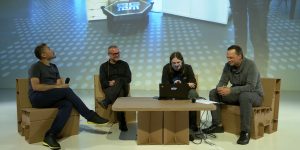
Ars Electronica Futurelab: Opening Talk
In this opening talk, the directors of the Ars Electronica Futurelab, Horst Hörtner, Roland Haring and Hideaki Ogawa, will talk about the role of the Ars Electronica Futurelab – Ars Electronica's research and development department –, its current research topics and projects as well as what you can expect at Open Futurelab this year.
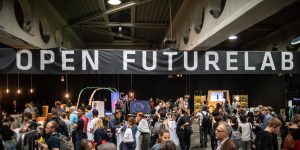
Open Futurelab Exhibition
Die Ausstellung Open Futurelab Exhibition zeigt die aktuellen Forschungen und Projekte des Ars Electronica Futurelab – dem Forschungs- und Entwicklungsmotor der Ars Electronica.

The Wild State: Networked
Exhibition by partner universities of the University of Art and Design Linz
The Wild State: Networked exhibition seeks to leave the state of uncertainty behind us by bringing some of the most recent and compelling contributions to the Hauptplatz in Linz. We are delighted to present works by Master and PhD-students touching on topics related to the truly “Wild State” we are currently in, and the natural processes related to it.
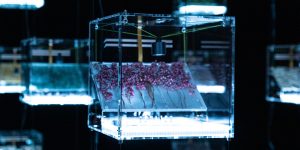
The Transparency of Randomness
Mathias Gartner (AT), Vera Tolazzi (AT)
The Transparency of Randomness' ist eine interaktive Rauminstallation, die Einblick in die Welt des Zufalls gibt. In einem transparenten Würfelsystem werden kontinuierlich Zufallszahlen generiert, die als Basis für Echtzeitberechnungen sowie Visualisierungen dienen. Dieser Prozess wird durch die Verwendung verschiedenster Naturmaterialen und deren Komplexität beeinflusst.
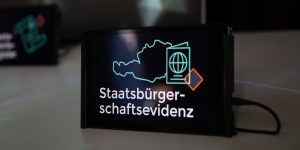
Digital Government in a Box
LIT Law Lab, Johannes Kepler University (AT)
Vom „gläsernen Bürger“ und „Social Scoring“, über KI-gestützte Wahrheitsfindung im Gerichtssaal, bis zum maschinell erstellten Bescheid: Die Digitalisierung der Verwaltung und der Gerichtsbarkeit kennt viele Facetten. Sie bedarf nicht nur einer Betrachtung des technisch Möglichen, sondern auch des rechtlich Erlaubten und rechtspolitisch Gewollten. Vor diesem Hintergrund widmet sich das LIT Law Lab mit zwei Installationen den (grund- und datenschutz-) rechtlichen Rahmenbedingungen, Problemen einer sowie Lösungsvorschlägen für eine digitalisierten Vollziehung.

KI-Wahrheitsmaschine
LIT Law Lab, Johannes Kepler Universität (AT)
Vom „gläsernen Bürger“ und „Social Scoring“, über KI-gestützte Wahrheitsfindung im Gerichtssaal, bis zum maschinell erstellten Bescheid: Die Digitalisierung der Verwaltung und der Gerichtsbarkeit kennt viele Facetten. Sie bedarf nicht nur einer Betrachtung des technisch Möglichen, sondern auch des rechtlich Erlaubten und rechtspolitisch Gewollten. Vor diesem Hintergrund widmet sich das LIT Law Lab mit zwei Installationen den (grund- und datenschutz-) rechtlichen Rahmenbedingungen, Problemen einer sowie Lösungsvorschlägen für eine digitalisierten Vollziehung.
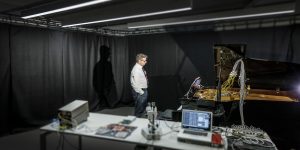
Biocomputer Rhythms
Interdisciplinary Centre for Computer Music Research (ICCMR), University of Plymouth (UK), Eduardo Reck Miranda (BR/UK)
Biocomputer Rhythms is a piece for prepared piano and percussion. It is a musical duet between a pianist and an intelligent interactive biocomputer. The biocomputer listens to the piano and produces musical responses during the performance. The responses are played on percussion instruments and on the piano by the pianist. The piano is prepared with electromagnetic actuators positioned inside the instrument to vibrate its strings. Electromagnetic actuators are also used to vibrate percussion instruments.
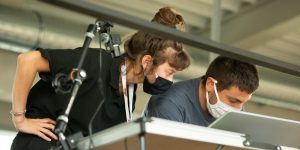
Performance Workshop: Enacting Innovation
Judith Igelsböck (AT), Friedrich Kirschner (DE), Sarah Buser (CH), Mónica Rikić (ES), Leoni Voegelin (CH), Tomás Montes Massa (CL), Laura Zoelzer (DE)
Die partizipative Inszenierung "Enacting Innovation" setzt sich mit dem sozio-materiellen Gefüge auseinander, das gegenwärtige Innovationspraktiken umgibt.
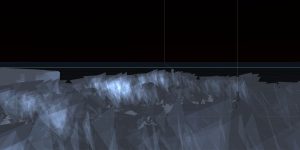
Random Rhetoric
MADE Group (GR)
“Random Rhetoric“ refers to computerized practices in politics, which are carried out through computers under the norm that political ideas operate as an outcome of mechanized processes and statistics, aiming at the absolute persuasion, the seduction of the audience, allured from the representation of a machine mimicking a human being.
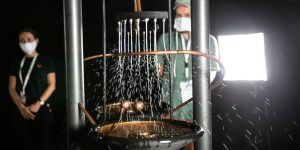
Dancing Water - sichtbare elektrostatische Energie
Leon Kainz (AT)
Diese Installation basiert auf einem einfachen physikalischen Prinzip, das mittels Wasser elektrostatische Aufladungen erzeugt. Die geladenen Wassertropfen wirbeln in dynamischen Bahnen um Kupferstangen herum und reagieren auf nahe befindliche Körper. Die gesammelte Ladung kann eine Glühbirne zum Leuchten bringen und zentimeterlange Blitze erzeugen.
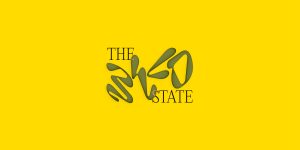
The Wild State
Campus
THE WILD STATE is the title of this year’s Kunstuniversität Campus activities at Hauptplatz Linz during Ars Electronica Festival 2020 from 9. – 13. September 2020. Existing since 2002, the intention of the Campus format is to invite outstanding international universities working in the academic fields of media arts and design. This year with an exhibition with contributions by various partner universities, as well as the departments Interface Cultures, Visual Communication, Fashion&Technology, Art Education, and Design: Tech.Tex. Special events comprise façade projection “Interfacing Hauptplatz”, the Internet flea market “Yami-ichi”, discursive format “Agora Digitalis” and the top notch nightline “Sound Campus”.

JKU LIT @ Ars Electronica
Digitale Revolution, demographischer Wandel, Klimakrise – die komplexen Konfliktfelder unserer Zeit bedürfen einer akademischen Landschaft voller Grenzüberschreitungen. Das Manifest „Innovation durch Universitas“ ist ein Aufruf für eine neue, transdisziplinäre Universitätskultur. Es bildet den Auftakt einer Allianz für kreative Innovation zwischen der Johannes Kepler Universität Linz und der Universität für angewandte Kunst Wien.
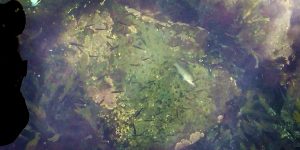
Oslofjord Ecologies Expedition
Art in Society Research Group and FeLT project, Oslo Metropolitan University (NO) in collaboration with SENT (NO)
The Oslofjord Garden is a wet and blue video tour of the fjord, encompassing site-specific footage as well as artists’ contributions, archival material and conversations with artists and scientists. The Oslofjord contains ecological connections and challenges that are specific and tangible, cultural practices and interactions. This work is based on the Oslofjord Ecologies artistic research platform and book, Oslofjord Ecologies. Artistic Research on Environmental and Social Sustainability.
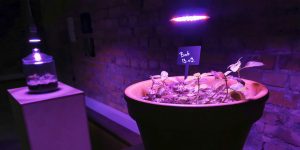
Planting a Resort for Mental Ecology
MPLab – Liepāja University Art Research Laboratory (LV)
People of Liepāja know very well that a garden is essential – without planting a park along the coast, the little seaside town would be consumed by sand, wind and water. The roots of trees keep the structure of the dunes stable, and people of Liepāja can retreat from the everyday struggles and storms in a safe garden environment.
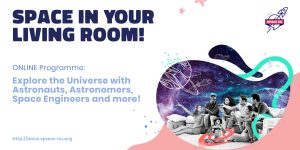
The Step into Space Garden
Leiden University (NL)
The Step into Space Garden is a journey of discovery through the story of space and your part in it. It presents online and in person events bring together space sciences and arts, through exhibitions and participatory activities with a focus on projects by and for youth.
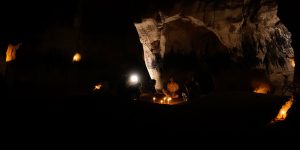
Finding Amir / From Jerusalem to the Judaea Desert, Israel
Musrara, the Naggar School of Art and Society (IL)
The day that Covid19 sent us all into isolation, Amir Meir, a member of the Musrara Sonic Art Research Group׳ announced he was going to spend the quarantine in one of the many caves in the Judean Desert near Jerusalem and disappeared ever since. With the aid of space and sound illusions practices, the film "Finding Amir" tries to touch on the in-depth questions about the imagined realities that lie behind the walls of digital and symbolic representation.
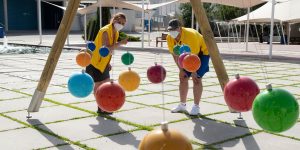
Pendulum Garden
Parque de las Ciencias (ES)
The Pendulum consists of 17 pendulums of different lengths and colors which represents the 17 Sustainable Development Goals. It aims to make society aware of the importance of achieving them by 2030. In this way, science and art come together to spread the importance of acting globally to achieve equality among people, protect the planet and ensure prosperity as part of the new sustainable development agenda.
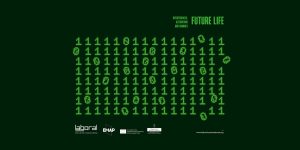
Future Life. Interferences, Alterations, Changes.
Laboral Centro de Arte y Creación Industrial (ES)
The artists in this exhibition work with blood and chlorophyll to investigate the connections between human and plant life. They use microbial cultures, robotic clams and sensors to demonstrate the contamination of the oceans; or apply AI algorithms so that something as innocent as a flower can visualize financial speculation. They also engage with the new icons, practices and virtual devices that define the increasingly polarized and radicalized scenarios of online social and cultural ecosystems.
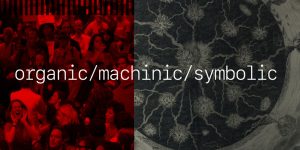
Sensory Orders
ŁAŹNIA Centre for Contemporary Art (PL)
The Ars Electronica Garden Gdańsk, hosted by ŁAŹNIA Contemporary Art Centre, features Sensory Orders, a project examining the different orders of sensemaking taking place under our (current) conditions of extreme precariousness and uncertainty.
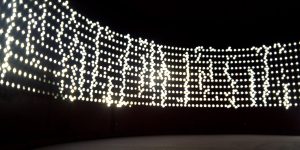
remote/displaced
Äänen Lumo (FI), Aalto University (FI), quietSpeaker (FI)
remote/displaced allows for an immersive exploration of a virtualized physical space: Öljysäiliö 468, a vast, decommissioned oil tank in East Helsinki. It takes the shape of a small collection of brief immersive audio-visual visits to this special remote place, exploring ways to listen to the encounter between sound, technology, space and landscape, as it emerges like a precarious ecosystem, where the boundaries between natural and artificial are constantly renegotiated and deformed by technology.
